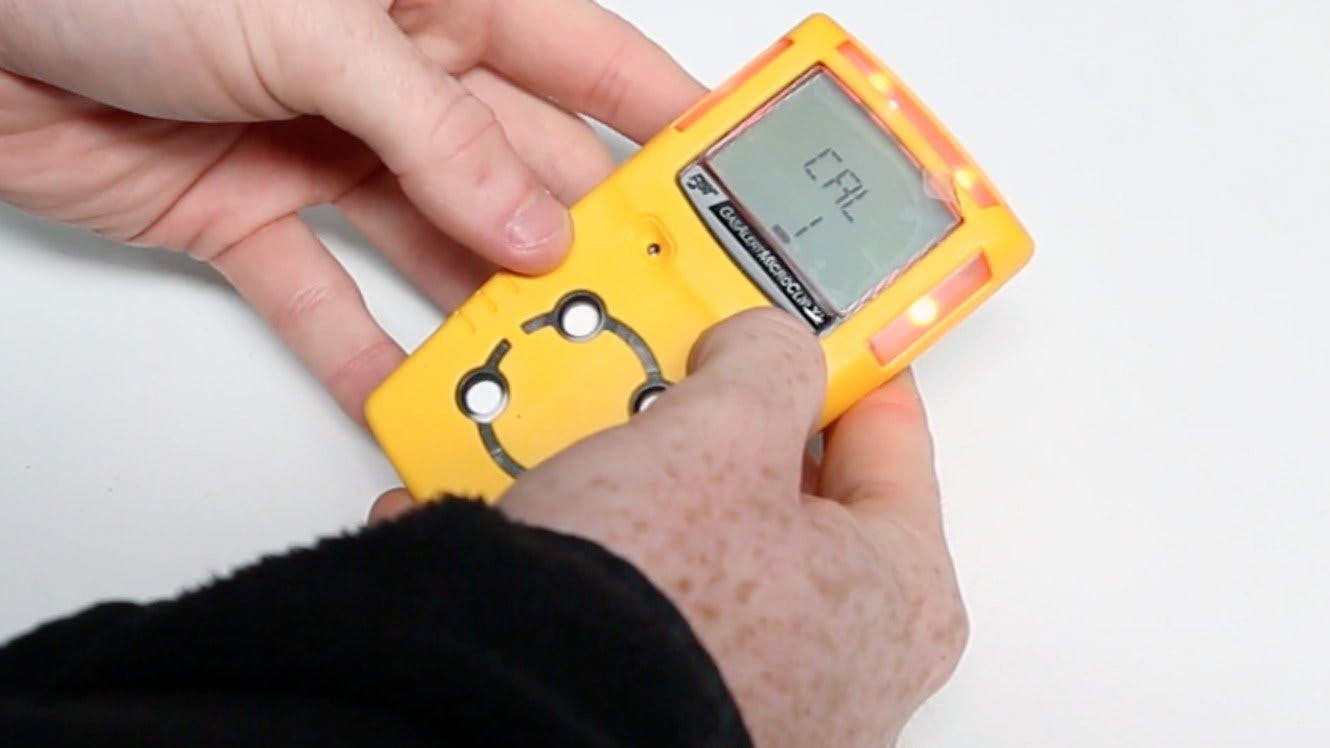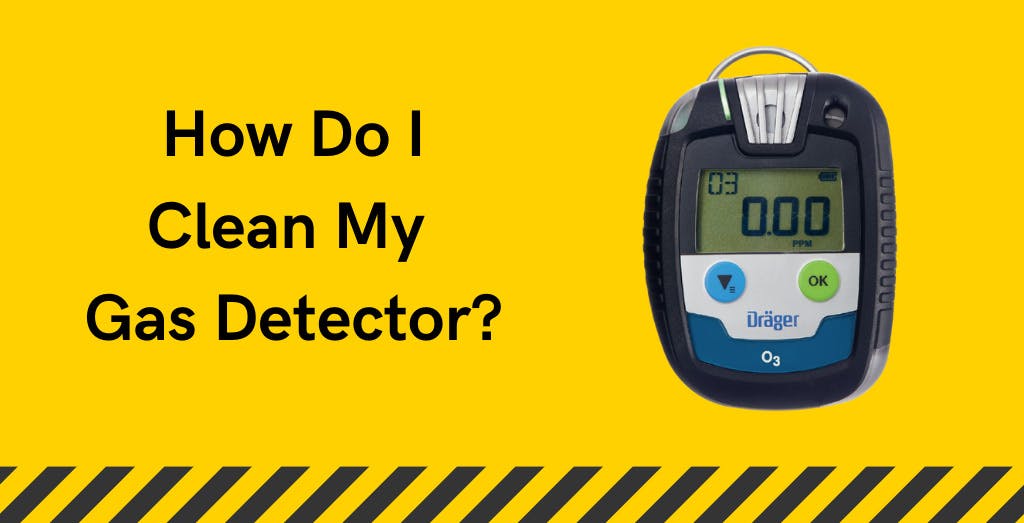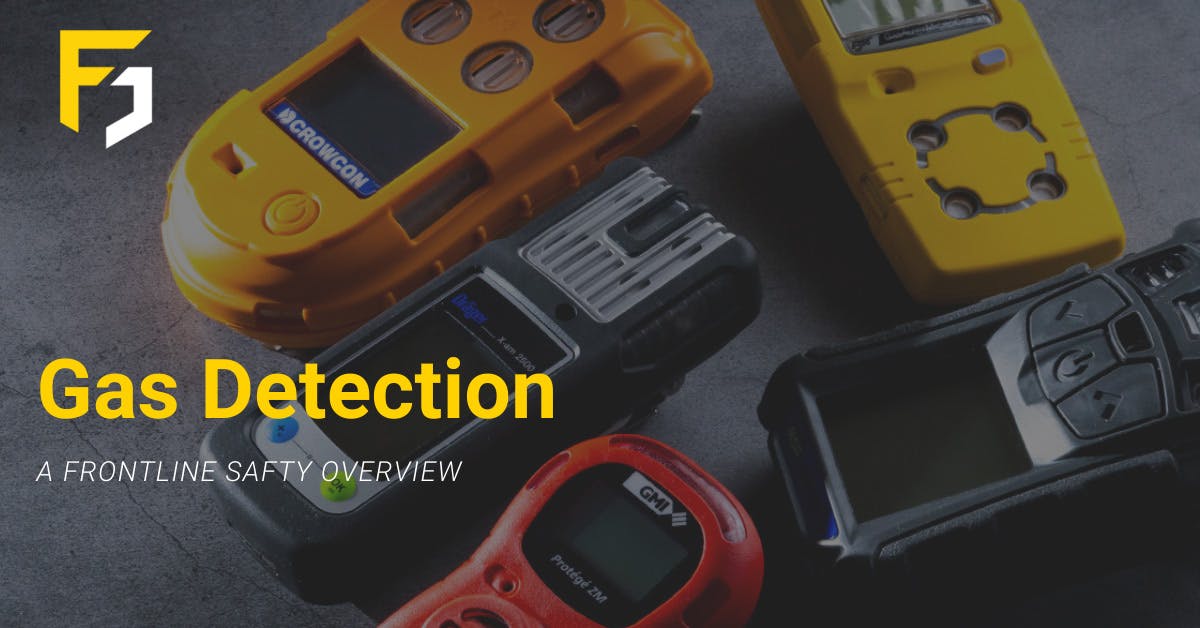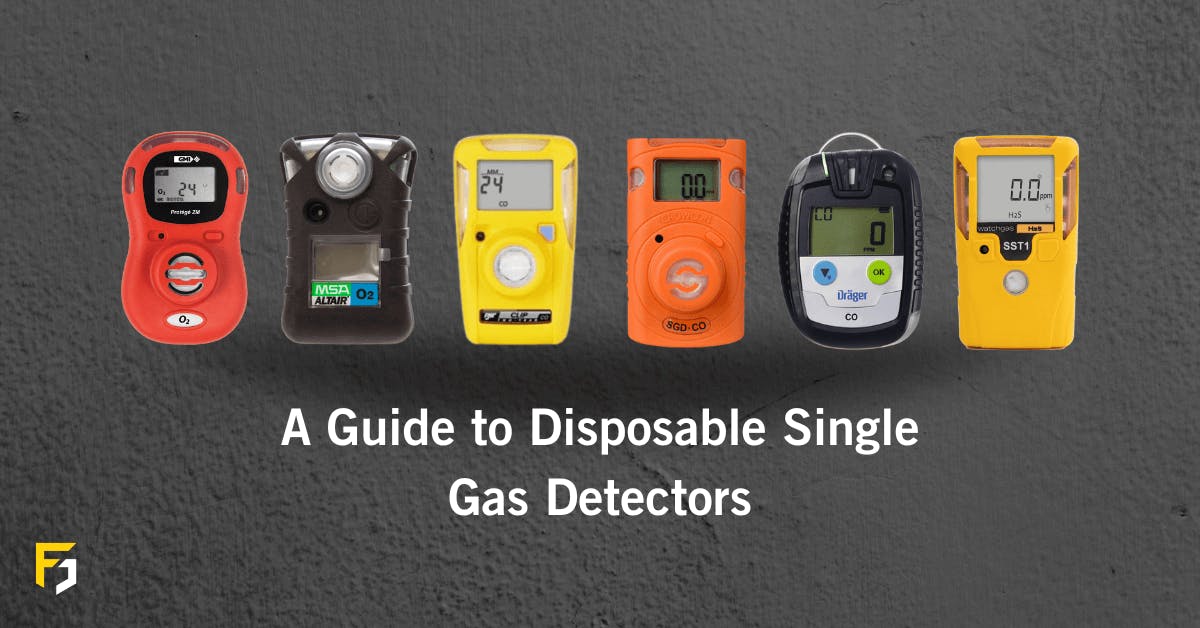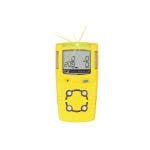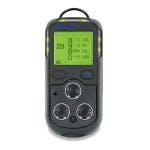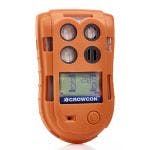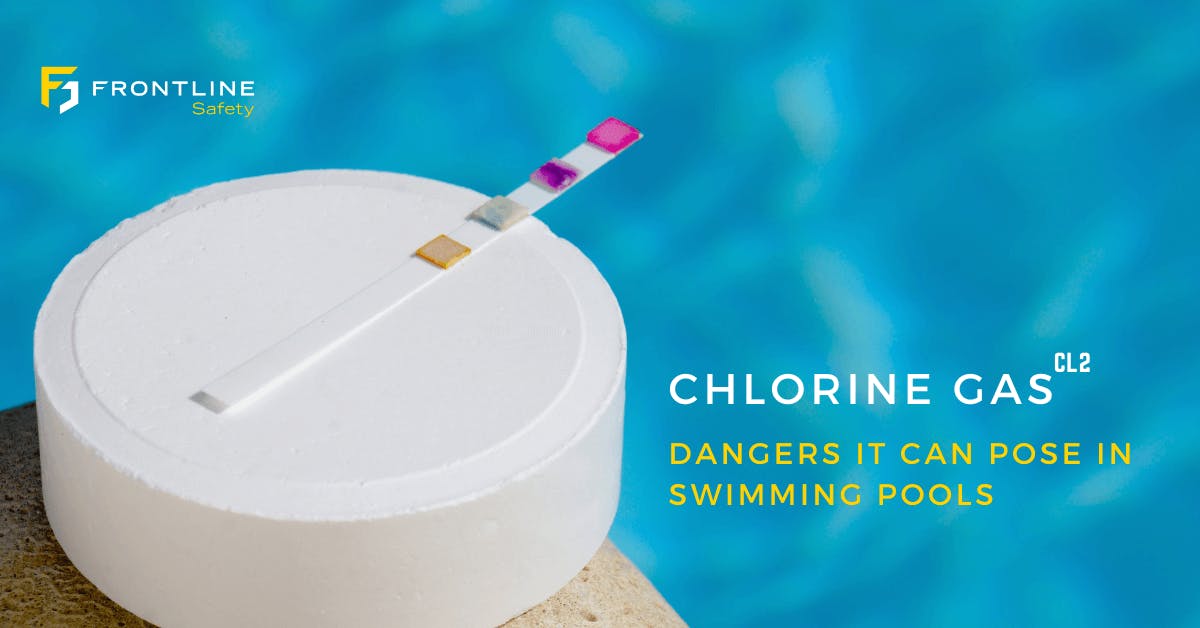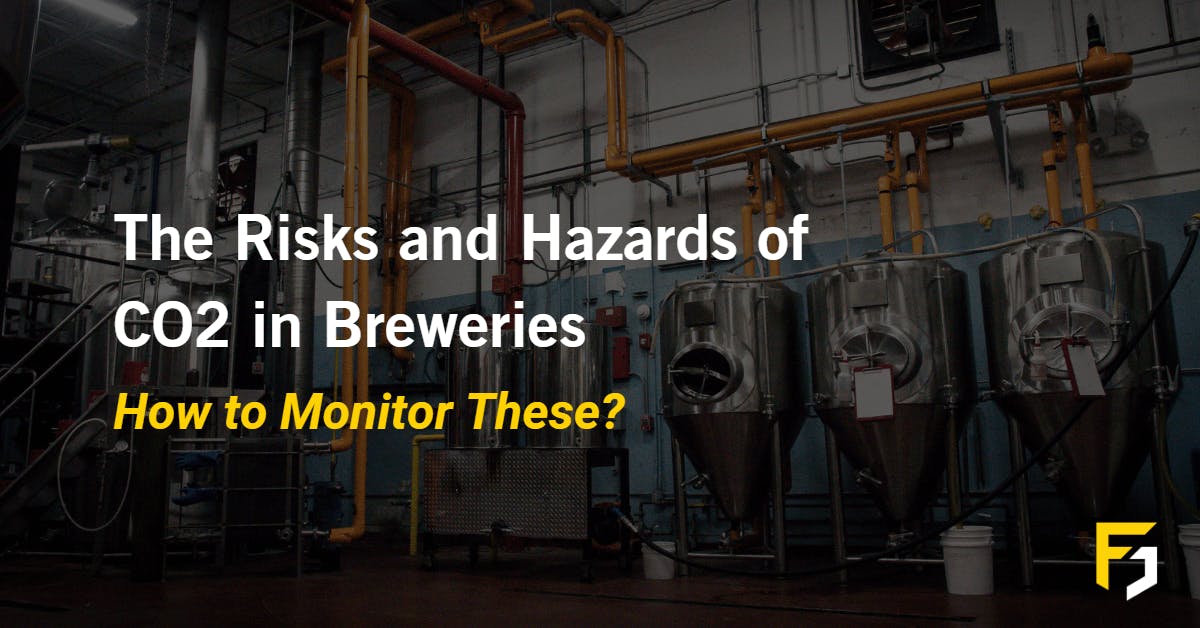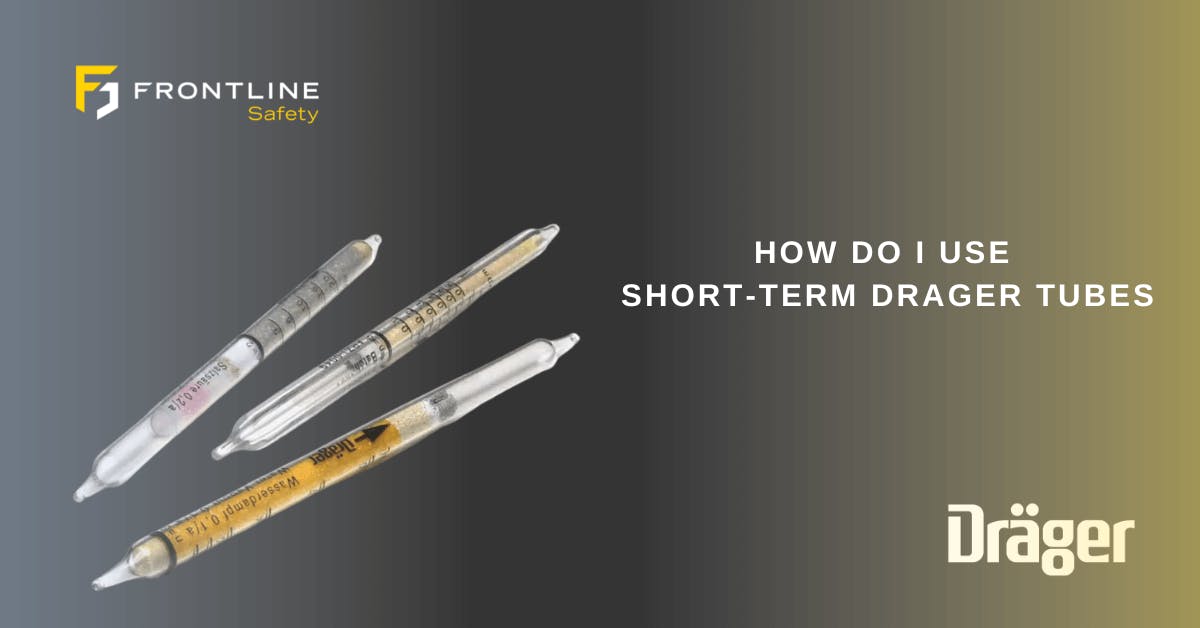
A Guide to Multi-Gas Detectors

What are Multi-Gas Detectors?
Most multi-gas detectors are designed as confined space compliance monitors. These are intended to be used as a means of detecting the standard 4 gases known as Carbon Monoxide (CO), Hydrogen Sulphide (H2S), Flammable (LEL), and Oxygen (O2). However, these are not limited to the standard 4-gases. The capabilities of some of these monitors are virtually endless. The majority of these monitors are rechargeable and intended to last many years. You also get disposable multi-gas detectors, such as the BW Clip4 and the BW Flex; these still require service like your reusable monitors but are designed to be disposed of at the end of their battery life.
What Are They Types of Multi-Gas Detectors?
Multi-Gas Detectors come in both diffusion and pumped versions. A pumped multi-gas monitor is used predominantly for confined space pre-entry checks. Before entering a confined space, it's essential to complete a pre-entry check to test for atmospheric gas hazards. Most confined spaces are checked for combustible gas, toxic gas, and oxygen levels. Read our working safely in confined spaces blog to learn more about completing pre-entry checks.
Diffused multi-gas detectors are designed to be worn in the users breathing zone. They usually come with an alligator clip for clipping onto the user's workwear within their breathing zone. For the gas substance to be detected by a diffused gas detector, it must pass past the sensor inlet. These tools are appropriate for use in the workers' breathing space; however, they cannot be used to take samples.
Maintenance of Multi-Gas Detectors
Every day they are utilised, our gas detectors endure considerable abuse. Exposure to severe temperatures and humidity, "sensor poisoning" from grease, silicone, oil, and other external impurities, or even bumps and knocks, can affect how correctly the sensor detects gas. Regulations will change depending on where we work, but the fact remains that we must report that our gas detectors have been calibrated. A log of all calibrations, upcoming calibration dates, etc., is usually kept on the device. By doing so, we shall maintain compliance with the applicable laws of our employer, the workplace, or the nation where we work.
Typically, calibration involves two steps:
Fresh Air Zero Calibration: the detectors' sensors are zeroed using synthetic air, fresh air, or a nitrogen backdrop so that values are consistent with what you anticipate finding in clean air.
Span Calibration: depending on the sort of detector you're calibrating, you must use calibration gas with a known concentration of gas that will cause the device to warn and show you that the sensors are in good condition.
Read our guide on how to calibrate a gas detector or how to clean a gas detector guide.

Compare Multi-Gas Detectors
Below is a comparison of our most popular multi-gas detectors. We have an extensive selection of multi-gas monitors that can meet your application needs. Some not featured in the below comparison are the UltraRAE 3000, MiniRAE 3000, Drager X-am 8000, Industrial Scientific MX4, Industrial Scientific Ventis Pro 5, and BW GasAlert Quattro.

Frontline Safety also has a wide range of single gas, VOC, and fixed gas detectors. Check out our guide to disposable single gas detectors blog for more information on disposable gas detection. Contact our sales team on 0141 771 7749 to discuss your gas detection requirements, and let us find the perfect solution.

